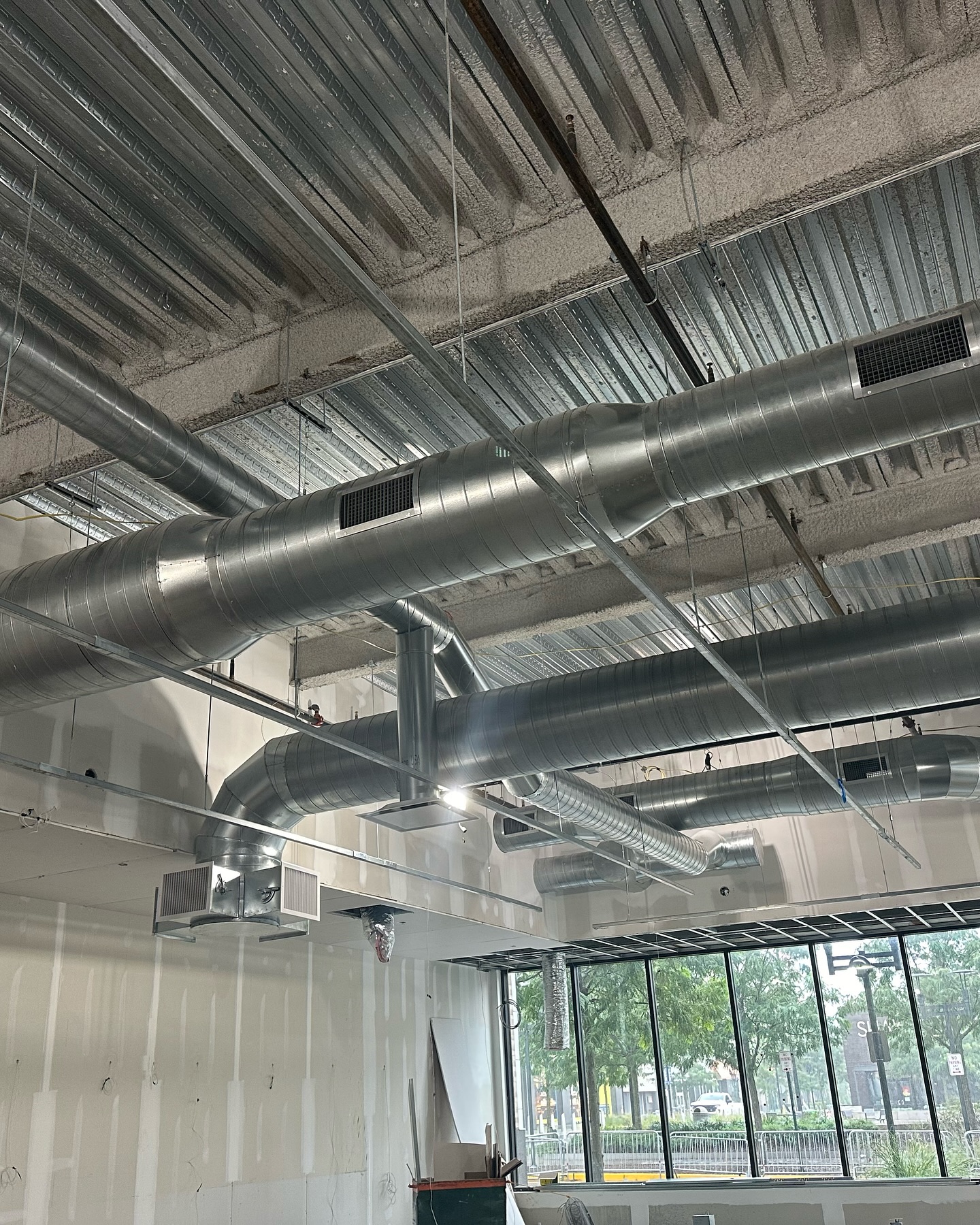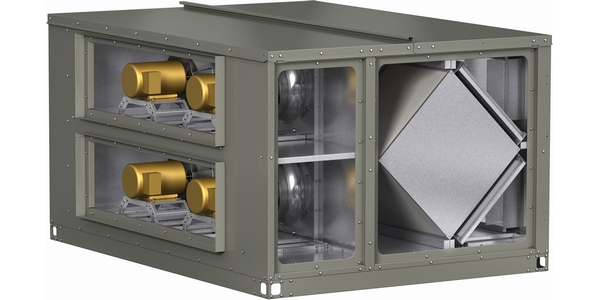IAQ and the HVAC Contractor

By Tony Kocurek
Today’s commercial HVAC systems must provide for clean and safe environments, while being as energy efficient as possible. Before the COVID-19 pandemic, efficiency and indoor air quality were thought to be at complete opposite ends of the design spectrum.
Design teams, construction teams and testing, adjusting and balancing and commissioning teams working together have found that new innovative design concepts combined with quality installed and functioning HVAC systems can obtain more acceptable operating costs than previously thought while still providing healthy IAQ. Existing systems having ventilation verification performed resulted in more efficient and successful IAQ operations. When it is estimated that most people spend almost 90% of their time indoors, the importance of getting this right cannot be understated.
Before the pandemic, it was thought that IAQ could only be achieved by bringing in as much outside air as possible. In areas where the outside air conditions were extremely different from the desired indoor conditions, the energy cost needed to convert that outside air to a comfortable level was considered financially unacceptable to those with tight operating budgets. To eliminate these costs, many systems were modified to do away with outside air capabilities completely.
Setting outside air controls to never open and or physically preventing outside air devices from working became common practice by facility maintenance in many buildings. The introduction of outside air into the building was reduced to almost zero resulting in lower energy costs at the expense of IAQ.
As the pandemic hit, all those previous HVAC practices and cost considerations were turned upside down. Even though there were some previous concerns with things like mold, silica, radon and CO2 before COVID, the emergency effort to mitigate COVID transmission by flushing out the virus particles with large amounts of outside air brought a new awareness of how important a properly functioning HVAC system was in creating a healthy IAQ environment. Cost considerations were dramatically changed.
Efficiently operating and well-maintained systems providing tempered, filtered, fresh air, creating a proper airflow gradient now became the accepted design paradigm post-COVID. This design paradigm recognizes that energy costs and indoor air quality must attain an acceptable compromise of both efficient operation and IAQ in many different scenarios.
One such scenario recognized that outside air is not always fresh air. The recent forest fires in California and in Canada affected air quality across the whole continental United States. The smoke from these fires made the outside air quality worse than the indoor air quality. This resulted in the design of more robust filtration systems where the HVAC design focus is supplying proper air exchanges per hour into the building.
In systems where the focus is air exchanges per hour and pressure gradient, such as isolation rooms and industrial production rooms, a combination of robust filtration and an alternative air source from other locations in the building instead of outside air is being used. The HVAC installing and TAB contractor installs these filter systems and makes the sequence of operations work ensuring all needed design facets are met as efficiently as possible.
In new construction, installing ductwork as efficiently as possible means lower construction costs. Installing the lowest leakage and least restrictive duct system will allow the most efficient delivery of airflow. Proper TAB of the HVAC system after installation will make the system operate as efficiently as possible while providing designed IAQ. All these efforts, when successfully provided, allow the design team to address design elements that mitigate potential IAQ issues but might add to the operating and overall costs. That added cost will be at the lowest overall cost, if not negated, to the owner when built, installed and TAB’ ed as efficiently as possible. The install and TAB contractor are vital in making this work.
In existing buildings, contractors can perform ventilation verification identifying failing and or broken components and improperly working control sequences. Poorly functioning devices and systems are more costly to operate and less likely to provide proper IAQ. Contractors can play a valuable role in potentially lowering energy costs and providing proper IAQ by correcting deficiencies and getting existing systems to operate as designed as efficiently as possible.
The future of IAQ systems and sustainability relies heavily on the HVAC and TAB contractors’ skill and knowledge. With expectations that IAQ is being met in commercial buildings, today and into the future, contractors will play vital roles in the creation and sustainability of efficient and proper indoor air quality in commercial buildings.
Tony Kocurek, is SMACNA’s immediate past president and owner of Energy Balance & Integration, LLC in Albuquerque, New Mexico.


